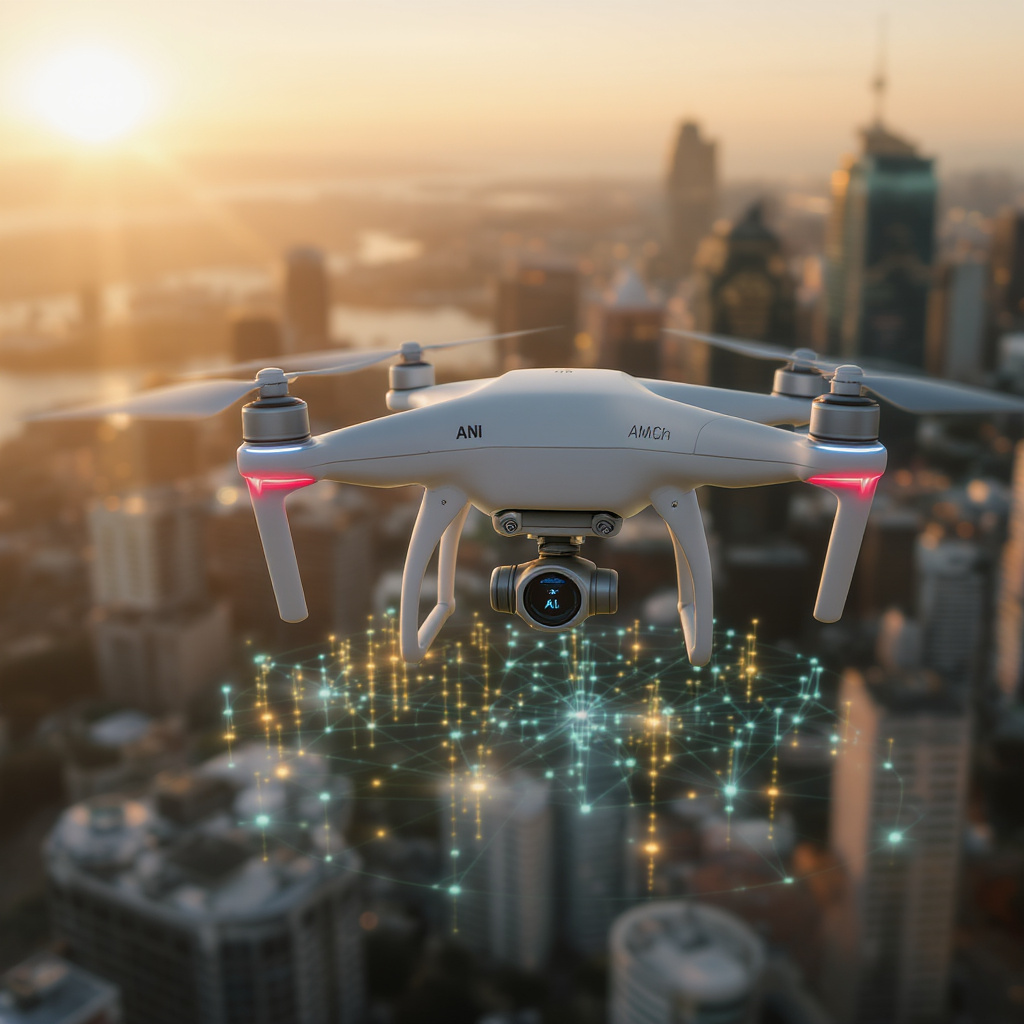
-
14/8/2025
In today’s interconnected world, AI-powered drone navigation is transforming industries—from precision agriculture to emergency response. This pillar post offers a comprehensive overview of core technologies and links to focused cluster posts that dive deeper into each subtopic. By adopting a Pillar + Cluster strategy, your blog can build authority, improve internal linking, and guide readers seamlessly through related content.
- AI-Driven Path Planning & Real-Time Decision Making
- Computer Vision & Sensor Fusion for Mapping
- Industry Applications: Agriculture, Infrastructure, Emergency
- Data Management, Compliance & Resilience
- Simulation Environments & Continuous Learning
- Collaborative Swarms & Energy-Efficient Planning
Core Pillar Overview: AI algorithms optimize flight routes by analyzing terrain, weather and mission priorities. Real-time decision making enables drones to reroute around obstacles and adapt to changing wind patterns on the fly, boosting safety by up to 30% and enhancing mission completion rates by 20%. Read more in our Path Planning & Real-Time Decision Making cluster post.
AI-Powered Mapping: Convolutional neural networks process live video feeds for obstacle detection and 3D terrain mapping. Sensor fusion of LiDAR, cameras and IMUs creates a unified environmental model, improving situational awareness in challenging conditions. Explore the technical details in our Computer Vision & Sensor Fusion post.
Targeted Industry Solutions: From multispectral crop analysis in precision agriculture to thermal anomaly detection in infrastructure inspection and rapid survivor location in emergency response, AI-driven drones deliver timely, high-impact results. Case studies show up to 25% cost reduction in spraying and up to 15% energy savings per mission. Dive into examples in Industry Applications.
Data & Compliance Framework: High-quality labeled datasets, active learning and automated validation maintain model accuracy across seasons and payloads. Navigating FAA Part 107 and EASA UAS regulations ensures safe, legal operations. Learn best practices in Data Management & Compliance.
Scalable Testing & Continuous Improvement: Digital twin simulations enable safe testing of new algorithms before real-world deployment. Performance monitoring and automated retraining guard against model drift, ensuring long-term reliability. See how in our Simulation & Scaling post.
Swarm Coordination & Power Optimization: Collaborative routing protocols let multiple drones share position and sensor data, boosting coverage efficiency by 25%. Adaptive power management factors in wind, payload and urgency to extend flight times by 18%. Get the details in Collaborative Swarms & Energy Planning.
By interlinking this pillar with targeted cluster posts, you create an SEO-friendly content hub that guides readers through detailed explorations of each subtopic. Implement this Topic Hub strategy to enhance user engagement, build topical authority and streamline internal linking across your blog ecosystem.
